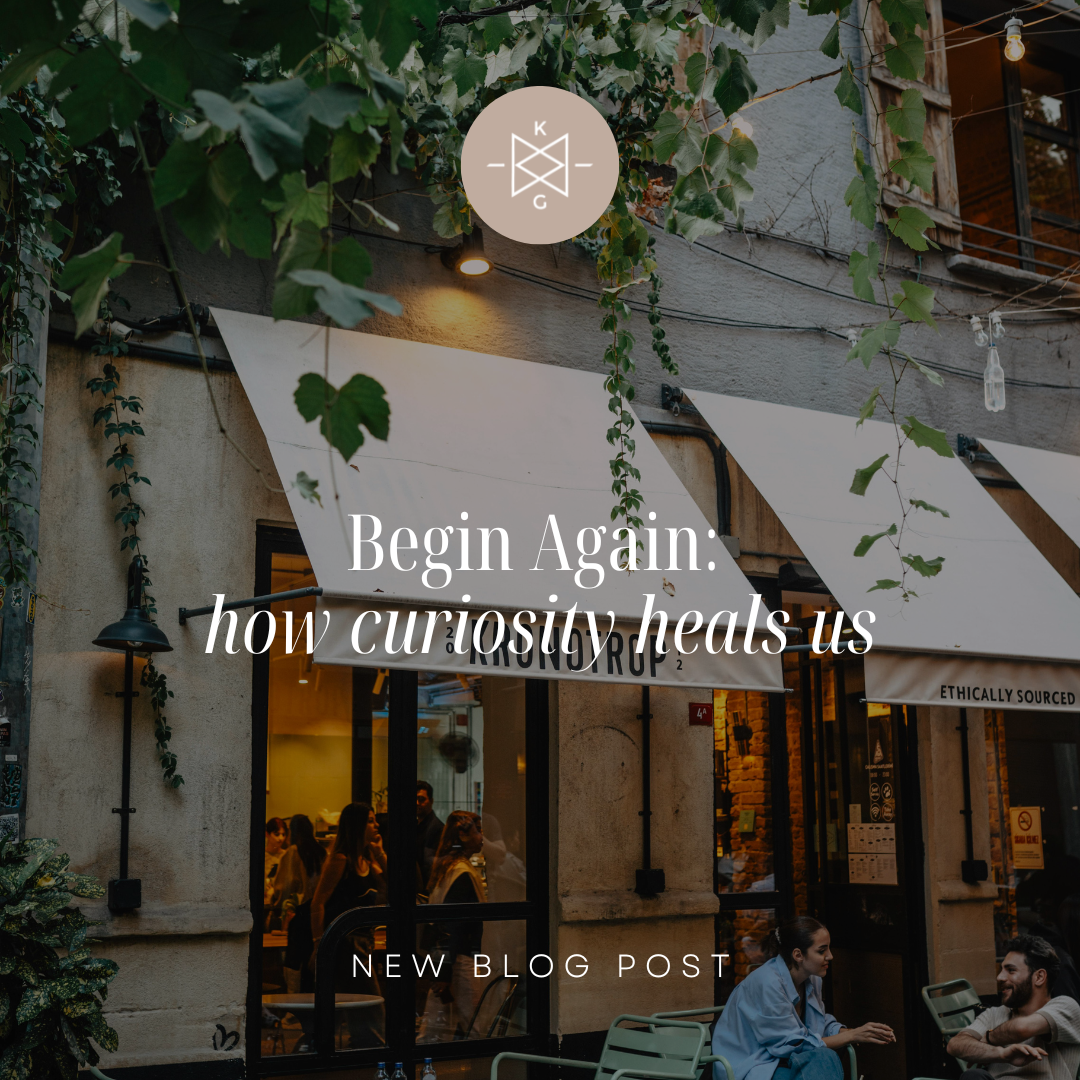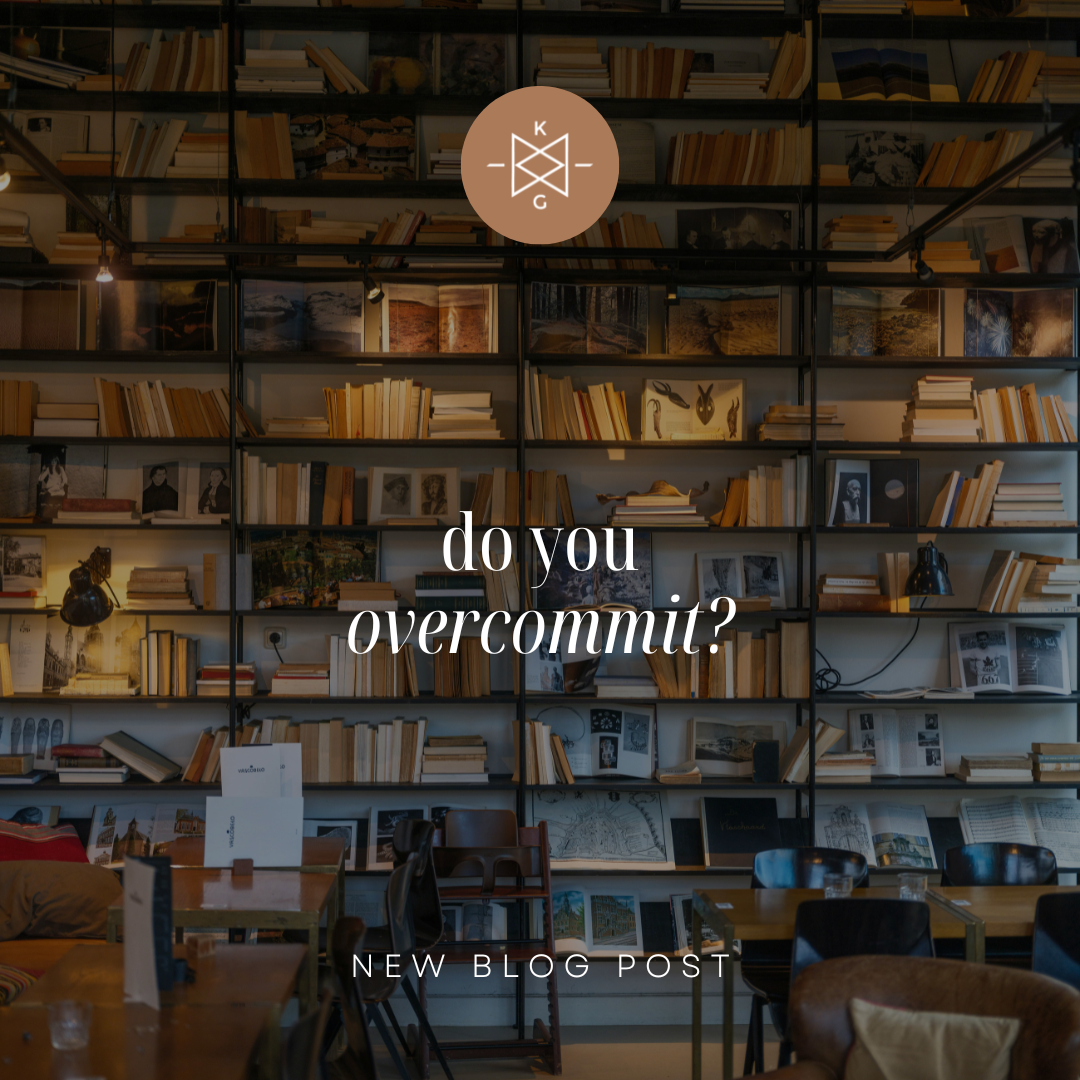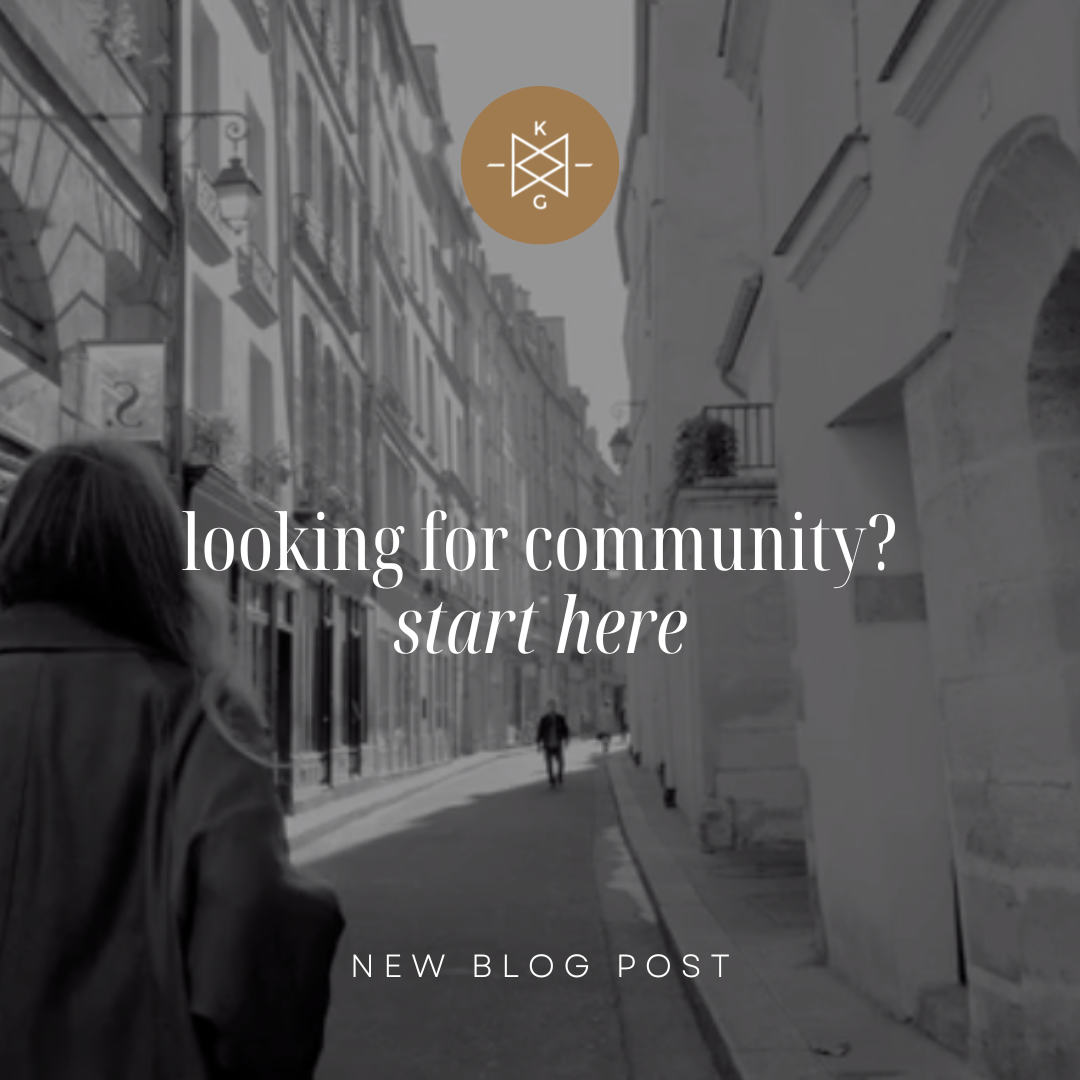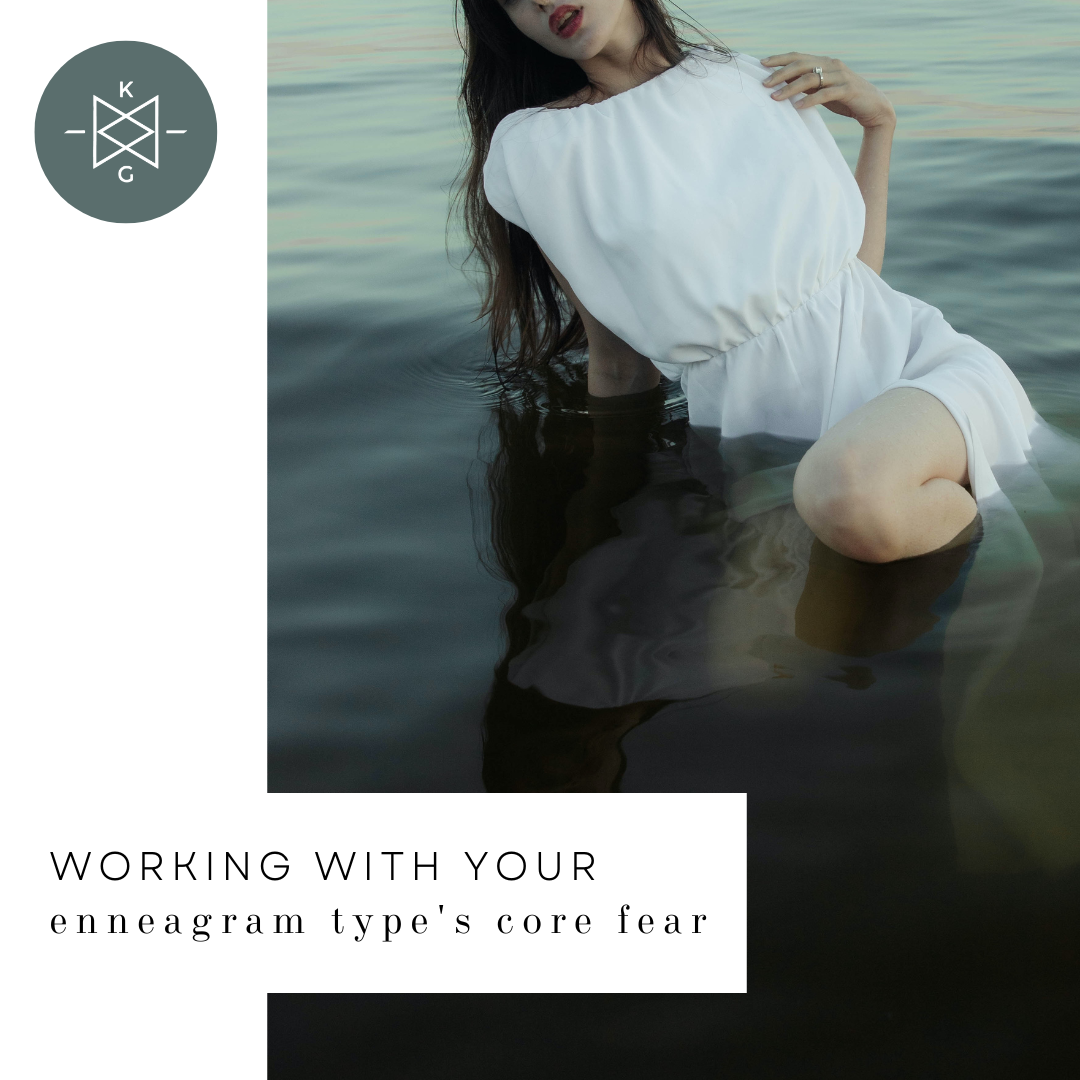
The Blog
Recently Featured
All Blogs
Working with Your Enneagram Type's Core Fear
“…But trailing clouds of Glory do we come
From God who is our home:
Heaven lies about us in our infancy… “
-William Wordsworth
What a lovely picture Wordsworth paints. We come into this world as open, vulnerable, innocent, and curious souls. We come full of goodness, devoid of shame. Ah, but it doesn’t take long to discover this world and its inhabitants are highly imperfect. We quickly learn in our early years that we are not entirely safe and must act to self-protect and get our needs, basic and developmental, met by the important people around us. The “glory” starts to dim. This is the making of our little personalities. And they’re brilliant! Yet not ultimately helpful in adulthood.
And here’s the kicker: these patterns of strategy are built around fear born out of specific childhood wounds. We all have them. Some are more benign than others, oh but it’s there alright.
The Enneagram teaches there are nine core patterns of personality in the world (27 if you count subtypes!). You and I gravitated towards one in particular in early childhood based on the landscape of our early life experiences. These personalities are incredibly helpful for sniffing out and avoiding anything that may remotely remind us of our childhood wounding. After all, human beings are wired for survival, and our neurobiology and personality patterns are the most effective ways to do just that and stay safe.
I recently sat down with Kelly Henderson for really special conversation on her podcast, Velvet’s Edge. In honor of Halloween, we talked in depth about how to work with your Enneagram type’s specific core fear. I’d love for you to check that out.
Today, I wanted to give you a basic understanding of each Enneagram type’s core fear. If you are unsure of your type, these will also bring more clarity to you as you identify with the your unique experience of fear throughout the years.
Let’s dive in.
Type One’s fear being bad, corrupt, and ultimately unworthy. Often, you hear type ones describe a difficult experience where they were publicly embarrassed, called out, or humiliated. As Improvers, they learned early on how good it felt to do the right thing and behave according to the rules. As a result, they have unrealistic high expectations of themselves and others and often feel trapped by their loud inner critic and perfectionistic tendencies.
Type Two’s fear being unloveable. Early on, they had a love need that didn’t get met, and they spend their time and energy ensuring connection with others in relationship, often engineered by giving and helping. As a result, they live their lives asleep to their own needs and desires and often only know themselves in relation to other people.
Type Three’s fear failure and being without value. As a result, they are driven to success at all costs. Early on, they garnered love and acceptance through their impressive achievements which gave them their sense of worth and value. They learned to turn off their emotions and disconnect from their true selves in order to get the job done and look good doing it, often becoming deceitful to self and others.
Type Four’s fear being deficient and ultimately rejected or abandoned. Many fours describe an early actual or perceived experience of loss of love—and as a result—abandonment or deprivation. The story they make up in their head is that somehow they caused this. So they spend a great deal of time and energy focusing on how to somehow reverse this with the ideal relationship or situation. This normally always involves being seen as special and unique. In the process, they can become self-absorbed, hot-and-cold, and chronically melancholic.
Type Fives fear being useless, incompetent, and helpless. Their early experience often involves being neglected or engulfed by caregivers whom they needed in order to survive. They were somehow unaware and unresponsive of their needs which forced little fives to go inward, detatch, and hold onto the little they had. Their survival came from their ability to acquire knowledge and understanding as well as their self-sufficiency. In the process they became emotionally and physically cut-off from the world and often stingy, both emotionally and practically.
Type Sixes fear being without support and guidance. As little people, they often describe being in threatening ongoing situations and as a result, they developed a belief that the world was a dangerous place. The prototypical “fear” type, sixes focus their time and energy on safety and security as well as feeling supported. As excellent problem solvers, sixes can often become real problem seekers and worst-case scenario thinkers.
Type Sevens fear being trapped or in pain. Young sevens often describe a difficult relationship with one parental figure (often maternal) that was overbearing, stern, and dominant. (Can also work the other way with the paternal caregiver.) Based on this early experience, they believe that authority equals limitation, and much like eights, despise being told what to do. As a result, they like to keep things open and exciting with lots of options. In the process, they can become scattered, disconnected from reality, and unable to integrate the normal pain of life into their experience.
Type Eights fear being weak or controlled by others. Many eights describe a combative or conflict ridden early childhood where they had to grow up fast in order to survive. They had to disconnect from their childlike innocence because of a lack of protection of some type of deprivation. As a result, eights avoid weakness and being controlled by others at all cost and can be experienced as dominating, excessive, and overly impactful.
Type 9’s fear loss or disconnection. They often describe an early experience where their opinions didn’t matter or weren’t heard. Perhaps their were others who had louder voices or opinions, or they were overlooked somehow. So in order to feel calm and secure, they went along with what others wanted. Through this experience of being overlooked or overpowered, they become expert in accommodating the needs, desires, and agendas of others. As a result, much like two’s, they become overly dependent on others and feel that their presence in the world doesn’t matter.
Which type’s core fear speaks the loudest to you?
Walk This Way! New walking meditations just dropped
“Life is movement. The more life there is, the more flexibility there is. The more fluid you are, the more you are alive.“
-Arnaud Desjardins
I hear it often, “meditation isn’t really for me. I can’t seem to sit still that long.”
I get it. It’s hard to pin me down in the same place for more than ten minutes (especially with a toddler.)
And while I do feel there is such value in truly taking time to sit in stillness with ourselves and our experience, I believe there are many ways to get the benefits from meditation.
The truth is, there are many paths to presence.
That’s what I’m so thrilled to share newest member of the Practice with you today: walking meditations—the beautiful marriage of movement and mindfulness.
Here’s the backstory:
I created The Practice, an Enneagram-based self-care toolkit, for monthly members to take advantage of and learn how to put the Enneagram to work in their lives and practice specialized self-care in the process. After all, the Enneagram is a holistic tool, mind-body-spirit.
It’s been an absolute blast creating content from week to week and the community that’s developed over the course of a year has been truly invaluable. However, I felt there was something missing.
I’m convinced physical movement is central to our personal growth and healing. If there was one form of self-care I simply couldn’t live without it is daily mindful movement…or is it meditation? Oof!
So I began to ask myself, “how can I provide a way for members to be more efficient in their self-care, killing two birds with one stone: meditation and movement?”
You guessed it, walking meditations, my guided meditations over vibe-y, inspirational music written and produced by some of my favorite musicians and writers in Nashville. We started building out these tracks two years ago and have been gradually releasing them to the Practice dashboard for you.
We will be releasing new walking meditations each month on the Practice for you to take with you to your favorite hiking and walking trails in order to move with greater intention and presence, creating more space to process emotions and connect to nature. I think you’re going to love them. I sure do.
Join the Practice today and get moving!
The Enneagram as a Holistic Tool
- Harbhajan Singh Yogi
One of my favorite things about the Enneagram is its holistic capacity to bring balance and integration to our overall experience. I’ve heard it described as a psycho-spiritual tool, one that provides benefits on a psychological and spiritual plane. It definitely does this. However if we dismiss the rich insight the Enneagram provides to us on a somatic level, we are missing out on the gifts it brings to our physical wholeness day after day.
You may have heard about the concept of three intelligence centers—body, heart, and mind—frequently taught in Enneagram circles. Basically, this proves that we are actually three-brained beings (heart, body, mind) instead of one-brained beings (mind), as has been elevated in our western modern world. Recent scientific studies are finally catching up to this ancient wisdom of the Enneagram by proving we have neural cells not just in our brains, but in the lining of our stomachs and hearts. Crazy, right?
So why does this matter to you and me? Excellent question.
It matters because depending on your Enneagram type, you experience the world most vividly through one of these intelligence centers. Eights, Nines, and Ones—through the body center of intelligence, Twos, Threes, and Fours—through the heart center of intelligence, and Fives, Sixes, and Sevens—through the head center of intelligence.
Whichever triad you fall into is like your home base, or go-to intelligence. Of course we have all three, however one is dominant.
This is good information because it also informs where we may be out of balance. As a type four, I tend to be a little too governed by my feelings. I can’t feel my way to a deadline. I need to bring in agencies such as fact-checking and action in order to round out my squishy over-identification with feelings.
The Enneagram is all about bringing balance and openness where there is imbalance and contraction.
When we do the work of the Enneagram, we discover our personality type and deeper character structure are held into place by our type’s emotional patterns, thought patterns, and somatic profile. I love getting to work with clients to bring awareness to this unique type-specific picture and begin to relax these often limiting patterns. As we relax those conditioned patterns, we are able to open up to the true, or unconditioned self that has been buried under years of habit and automatic behaviors.
Do you long to experience a more embodied, balanced life? If so, you’ve come to the right place.
Is your WHY compelling enough?
When you get your, ‘Who am I?’ question right, all of your, ‘What should I do?’ questions tend to take care of themselves.
- Richard Rohr
Let’s be honest. I have no idea what personal freedom looks like for you right now nor do I pretend to think I have any answers you don’t already know. You are the expert at you.
However, I do know what personal freedom does NOT look like for you or me or anyone for that matter. It does not look like your best friend, your mom, your therapist, some celebrity, or Instagram’s suggestions. Sure, feedback and wise counsel are important. The catch is, if you don’t have total buy-in, it stays just that—someone else’s advice.
Last week, I wrote about the importance of slowly easing into the new year, practicing healthy habits, not making extreme, reactionary changes. It’s those tiny, two-degree shifts that make lasting impacts, like my wise friend Miles Adcox teaches out at Onsite Workshops.
As a follow-up, I want to sit with a question this week that might help steer your ship in the direction of greater personal freedom.
Here it is:
One year from today, if you woke up feeling full of excitement and confidence, what would be different in your life? What would be the same?
And here’s the clincher…
Why?
Take a few minutes to paint that picture either in your mind or a journal.
Maybe it’s a career change, a new relationship, financial freedom, physical health and energy, or maybe some much needed personal healing.
Whatever it is, I believe acknowledging this desire is the first and most important step.
The second? Saying “yes” to it. Every day.
When we align with our heart’s desires, powerful shifts start to happen on our behalf.
The follow-through seems to be tough though, right? That’s my experience. I believe this is because we lose sight of our ‘why.’ Or, perhaps our ‘why’ isn’t compelling enough in the first place.
I heard someone say recently that if your vision for your life only benefits you, it isn’t big enough.
Losing weight in order to have a healthier lifestyle and attract a new relationship is great—truly. However, we can go bigger. It will also allow you to feel more confident and contribute more value to the world and attract more opportunities. It will help you show up in every area of life and be more present because you feel better. It will inspire others to follow your lead. We could go on…
In light of personal freedom, when your “why” is compelling enough, the follow-through becomes tangible.
I love the fact that you and I are called to be the truest version of ourselves possible. I’m not doing anyone any good if I wake up each morning trying to fit into someone else’s story. I’ve been down that winding road. It’s exhausting.
So, what do you say we do a bit of decluttering this week and leave all the other noise behind? Maybe It’s time to get clear on your picture of personal freedom and make some lasting changes.
Are you ready?
Love & Gratitude,
Katie
I Wish I'd Had This 5 Years Ago
The privilege of a lifetime is being who you are.
- Joseph Campbell
I’ve heard it said, as writers, our ideal audience is us, five years ago. So, at 40, I’m writing to my 35-year-old self. After all, we write what we know. I suppose the lessons of life take a solid three to five years (at least!) to really get into our bones.
This definitely checks out for me. Whereas I value every leg of the journey, looking back I cringe to see some of the harrowing passages I traversed all in the name of stubbornness. Five years ago, I was on a tear, hustling in about 20 different directions all in the name of worthiness. I had one speed…fast. Even though I’d come along way on my journey of healing and wholeness, I was swinging hard in the direction of impossible expectations for myself and my life.
In fact, I was so worn out, my body started to slowly break down, manifesting all sorts of back, neck, and jaw pain. Even though I didn’t feel depressed, my body began calling out for some attention as there was still some work to be done deep inside. Sure, I’d been a therapist for a while, yet I needed to take my own advice and stop ignoring parts of me that desperately needed some love.
Let’s just say, I was seriously confused about the whole self-care thing. I worked out hard, I enjoyed time with girlfriends, I went for the occasional mani/pedi, I journaled here and there, but I never fully stepped off the treadmill of what I’ve come to call my internal split. By this I mean, my disconnection from myself and the present moment. I was always somewhere else, “out there.” Self-care felt like a detour— a delayed pitstop or something.
Fast-forward to today. A lot has happened. I got married, had my first child, and woke up to the glaring fact that something needed to change if I wanted to actually show up authentically for my family and my dreams. My internal split needed an internal shift. I knew a different set of circumstances wouldn’t change anything. For the first time in my life, I knew I had to quit hustling for my worthiness and start caring for the little girl inside who was flat out tired.
I’d mistaken self-care for something to be checked off the to-do list quickly to return to life as I knew it. It felt squishy—or weak or something. It became a way to numb the soreness after a long day, like a couple of glasses of wine or a nice long bubble bath. Whereas those things are lovely, they never seemed to make me feel alive or more me. Relaxing? Yes. Connective? Hmmm…not so much.
I wish I’d known what true self-care is five years ago. I wish I’d had a roadmap, or ritual, to practice on the regular that was grounding, healing, and life-giving. Sure, I did eventually figure it out by the grace of God and some hardcore burnout. Maybe this was exactly as it should be. However, I’d like to break the fall for anyone who’s curious.
I believe we get good at whatever we practice. Resilience in life is really about practice. True self-care is simply nurturing resilience and compassion through practice in our everyday life. It’s about bringing our whole self online—integrating mind, body, and spirit.
If you feel you could use a tune-up, re-write parts of your story, and revamp the way you relate to yourself in 2020, here’s the perfect opportunity. Please join me and my incredible friends Ally and Koula at the Self-Care Workshop coming up Feb. 8-9 in Nashville. Using the Enneagram, writing, and yoga, we will deep dive into what self-care really is and what it looks like specifically for you right now.
It’s going to be so much fun and deeply transformative. Me (and my 35-year-old self) can’t wait to see you ;).
Love & Gratitude,
Katie
